For social platforms there are, so to speak, two selections at the entrance. One concerns the minimum age before which one could not have one’s own profile, which in most of the world has been set at 13.
And then there is the age of majority, before which – it goes without saying – you shouldn’t be able to use adult content.
We wrote could and should, because there are many tricks (also thanks to the lack of vigilance on the part of adults) with which young and very young people violate these two rules.
How can we cope with the problem? He just tried Instagram, which has chosen its own procedure for age verification, valid (also in Italy) from 7 November.
Let’s find out what it is. Then let’s try to understand what the authentic effectiveness of the functionality is, and if this is really the way to go to make our kids’ stay on social networks safer.
Instagram and age verification
The double procedure of Instagram for age verification will concern those who claim to have reached the age of majority, and will therefore have free access to all the contents of the platform. Procedure that was introduced throughout Europe (therefore also in our country) on Monday 7 November.
The first possibility of verification, simple and canonical, is to upload your own identity document. But the real novelty lies in the other possibility.
The selfie that says how old we are
Instagram, as a second option for age verification, gives you the option to record a very short selfie video. The user’s action ends there. Everything else is dealt with by a technology that, based on the video, would be able to determine the age of the person who recorded the video within 20 minutes.
Meta has made it known in a note (actually a bit mysterious) that for this technology it has relied on Yoti, one of the most important age verification service providers in the world, “approved by leading experts on youth and privacy and by regulatory authorities “.
The note emphasizes the privacy of the operation: “If you choose to record a selfie video, the image is shared with Yoti and no one else: Yoti estimates the user’s age based on facial features and shares this estimate with Meta”.
The company headed by Mark Zuckerberg then escapes a doubt, specifying that “it is not a facial recognition technology” and that “Yoti estimates the age of a person without identifying or recognizing him”. Furthermore, “the name or identity of a person is never given”. And “once the age is estimated, all images are immediately deleted from both Meta and Yoti”.
The reliability of the video
Having avoided the hypothesis that Yoti uses the much-discussed facial recognition technology, it is not clear what else can be based on to identify the age of the subject of a selfie video.
Nor, above all, are the margins of accuracy of the technology itself clear. It goes without saying that no somatic characteristic of a young man of seventeen years and three hundred and sixty-four days can undoubtedly certify his minor age. Just as at the exact completion of the eighteenth year, nothing revolutionary happens in our organism that a technology can intercept on the fly. In short, the usual rule is that there are those who show more and those less (lucky him) of the age he has.
The margin of error of the technology in question can generate two outcomes. The first, mocking, concerns adults who will be mistakenly identified as minors. Even if in this case it will be enough for them to enter Instagram following the other method of age verification, that is, by having a document validated.
Much more risky is the case of the minor who, by a stroke of luck, passes the screening of control via video selfie, thus accessing content that would be prohibited by law.
Above all, it remains to be understood why, in addition to a certain verification procedure such as that of showing an identity document, a more random one has been added.
And the parents?
Access to social media for the very young is a thorny problem. We remind you that from 2019 it is mandatory to indicate your age before you can create an account on Instagram.
The social network explained that users between 13 and 17 “we provide experiences in line with their age, offering private accounts by default, preventing unsolicited contacts with adults they do not know and limiting the options available to advertisers to reach them”.
But getting around the obstacle is very simple, and it does not seem that this new practice will change things very much.
If anything, it would be desirable that the use of social platforms – both in the sense of the minimum age of access, and of the quantity and quality of use – were regulated by the adult family members of each teenager.. This would be the oldest and most effective technology, above all from a psychological and social point of view.






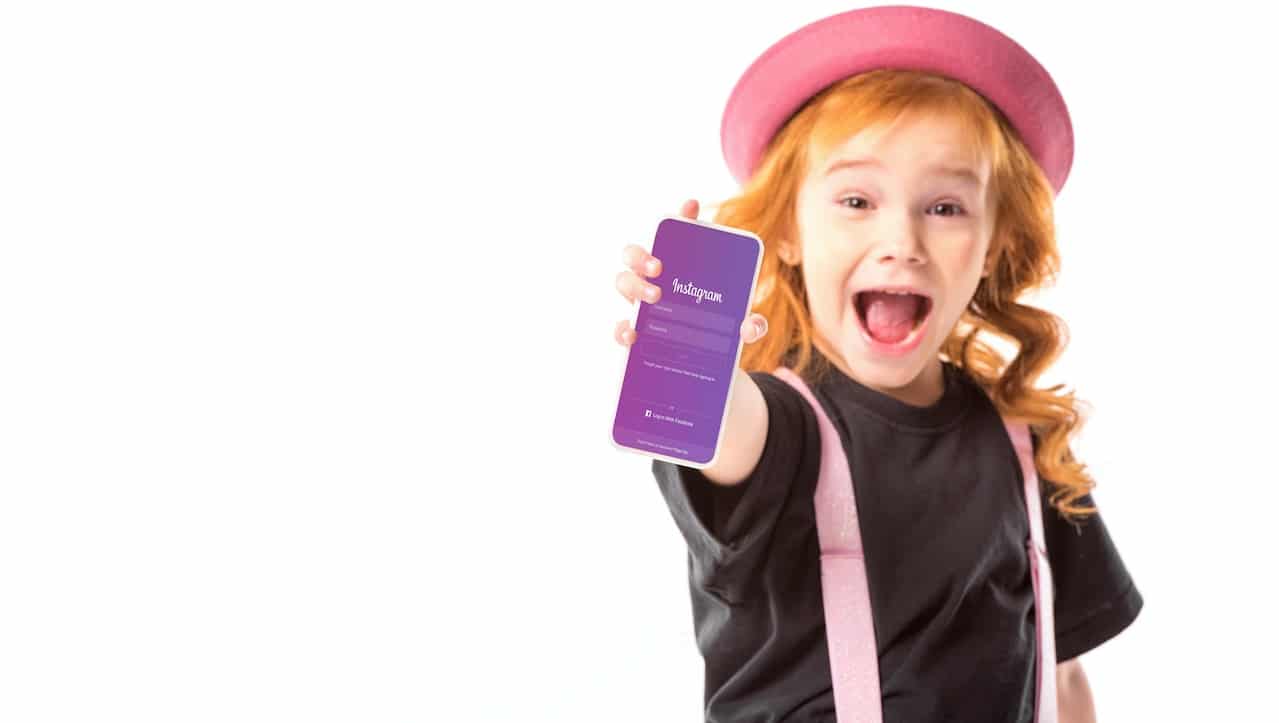


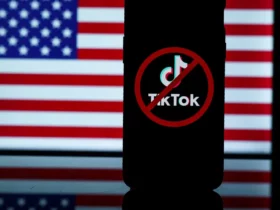

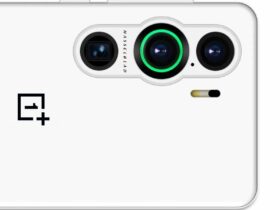
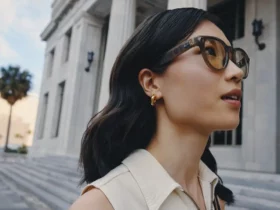
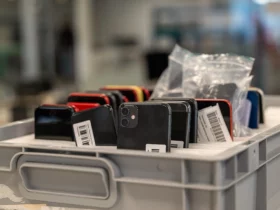

Leave a Reply
View Comments